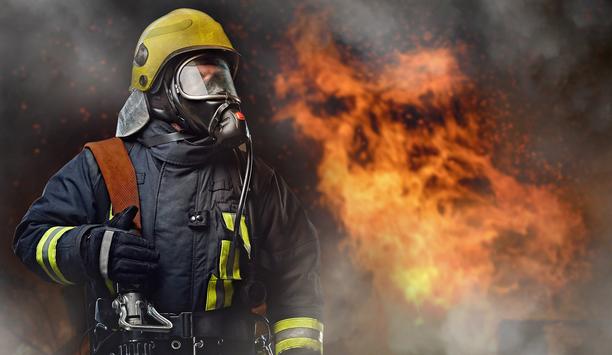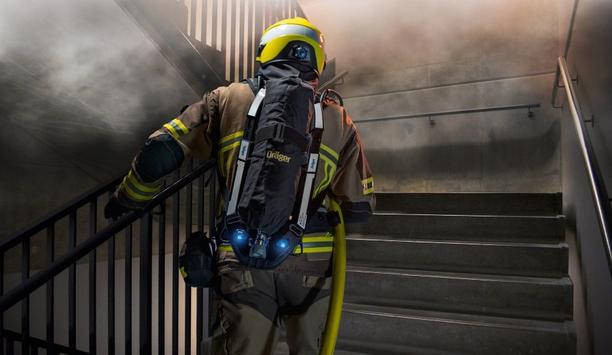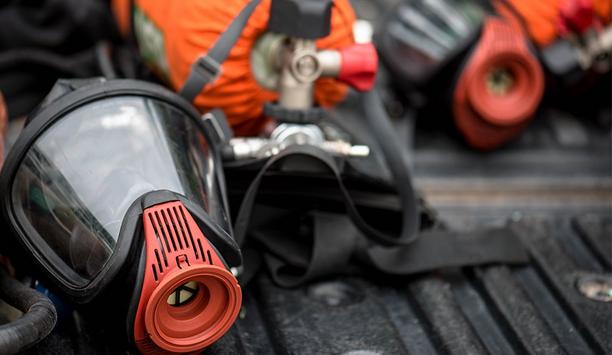The U.S. Fire Administration (USFA) EMS Safety Practices manual provides information to enhance the health and safety of the emergency medical services (EMS) practitioner and support the reduction of occupational illness and on-duty injuries and fatalities.
This 146-page manual outlines how to develop a safety program that covers all aspects of EMS operations to prepare for, prevent, mitigate and respond to all hazards. It covers safety regulations and guidelines while also emphasizing the importance of developing a culture of safety in the organization.
The publication
The publication is divided into 5 sections:
- Elements of safety.
- Physical and mental health.
- Infection control and hazardous materials protective equipment.
- Emergency operations.
- Vehicle operations.
Safety practice
Safety practice recommendations include:
- Developing a culture of safety: Including the maintenance of effective communication between leadership and practitioners to promote shared decision-making about safety of personnel.
- Maintaining physical and mental health: Each year, thousands of EMS providers visit the emergency department due to physical injuries. Additionally, about 85% of first responders indicated that they have experienced symptoms of mental health issues. The manual provides recommendations to reduce the burden of physical injuries and to encourage employees to seek out appropriate resources and
- Training on how to deal with infectious disease agents and hazardous materials: This manual provides a review of the data from recent scientific literature, with evidence-based recommendations and suggested best practices on how to control infectious disease agents and hazardous materials.
- Improving situational awareness: EMS responders work in unpredictable environments. This manual offers information on a variety of scenarios, including the response to, and de-escalation of, violent patient scenarios, to help reduce risk of common physical injuries and lost days of work among EMS practitioners.
- Mitigating traffic safety issues: Regarding fatalities and potential liability, transportation is among the riskiest activities for EMS workers. This manual cites initiatives underway to mitigate risk factors, including, but not limited to, the USFA’s Emergency Vehicle and Roadway Operations Safety Program and the Emergency Vehicle Safety Program, in partnership with the International Association of Firefighters.






